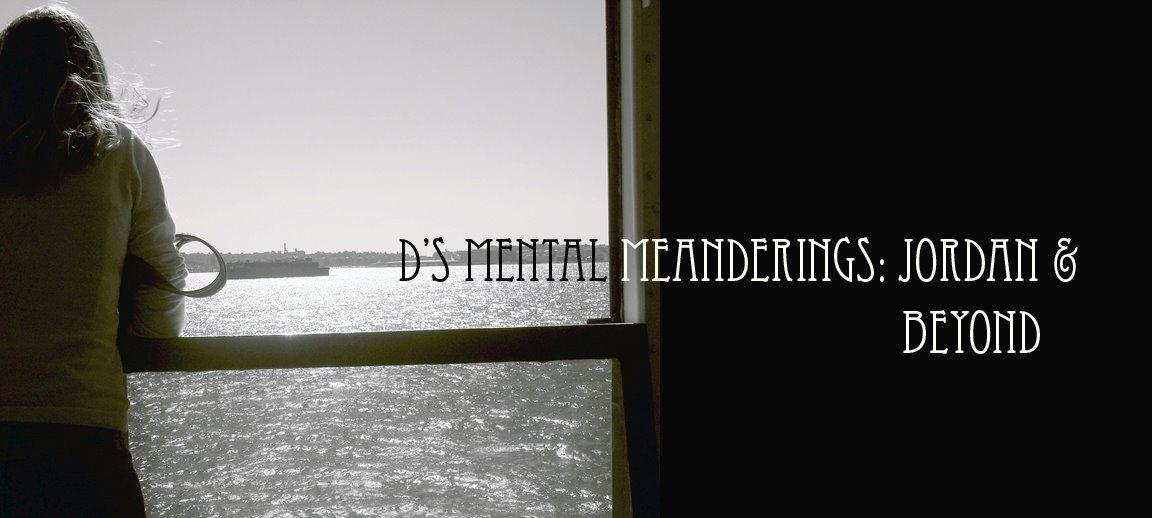
By KAREN ROSENBERG
Decades before Marjane Satrapi drew the first frame of her celebrated comic book memoir “Persepolis,” the Iranian satirist Ardeshir Mohassess, now 69, was making black-and-white drawings whose blend of humor and reportage made him a cult figure for artists and intellectuals in his country. With rich allusions to Persian miniatures, Western artists like Goya and episodes in Iranian history, Mr. Mohassess has depicted life in Iran before, during and after the Islamic Revolution of 1979. The drawings have a fanciful yet descriptive line quality, comically exaggerating facial expressions while giving full weight to bullet holes and severed limbs. Some of the meanings may be lost on American viewers, but the artist’s deep suspicion of religious and political authority comes across clearly.
Now some 70 of Mr. Mohassess’s works are on view at the Asia Society and Museum in a show, “Ardeshir Mohassess: Art and Satire in Iran,” assembled by the artists Shirin Neshat and Nicky Nodjoumi. The timing could hardly be better, given Iran’s high profile in the American political debate during this presidential election year.
Ms. Neshat and Mr. Nodjoumi, who were born in Iran and now work in New York, first saw Mr. Mohassess’s drawings in Iranian newspapers before the revolution. They say they felt the need to reintroduce him to Western viewers after the Museum of Modern Art mounted the 2006 exhibition “Without Boundary: Seventeen Ways of Looking,” a group show that presented Ms. Neshat, Ms. Satrapi and other artists from the Islamic world alongside the Americans Bill Viola and Mike Kelley and was widely criticized for making superficial connections between cultures.
Ms. Neshat, whose films and photographs explore women’s place in Iranian society, is particularly fond of Mr. Mohassess’s drawings of women. In an untitled work from 1978, a rose grows out of a chador; the end of the stem disappears into the opening where the woman’s face should be. A similarly arresting image, “Mother’s Day” (about 1980), features a thorny branch in place of the flower. Both works suggest resistance to the muffling of women’s voices.
Mr. Nodjoumi, a painter who works in a figurative style with plenty of political symbolism, says he admires the broad visual and historical literacy of Mr. Mohassess’s satire, in which references to Daumier and the Qajar dynasty are equally at home.
Unlike a Danish newspaper’s publication of cartoons portraying the Prophet Muhammed, Mr. Mohassess’s drawings have not inspired any riots. But they did attract the attention of the shah’s dreaded secret police in the 1970s. After receiving several warnings from the Iranian authorities Mr. Mohassess relocated to New York in 1976. The move was intended to be temporary, but the revolution of 1979 prompted a change of plans.
The exhibition effectively begins with the series “Life in Iran” (1976-78). This group of more than 30 drawings is ostensibly set in the Qajar dynasty (1833-1925), but it clearly satirizes the reign of the Shah Mohammed Reza Pahlavi (1941 to 1979). Royal figures in elaborate Qajar dress quash uprisings with acts of intimidation and brutality.
Artists, writers, teachers and free thinkers are among the oppressed. Ironic captions — “The convict’s execution coincided with the king’s birthday ceremonies,” for example, or “Members of a birth control seminar take a memorial picture” — pick up where Mr. Mohassess’s pen leaves off.
In one of the largest and most powerful works, a wedding has been interrupted by an oil truck crashing through the wall. The guests, some in chadors and others in Western clothing, seem to have been immobilized by this turn of events. The scene is farcical except for the bodies of the toppled bride and groom and the nooses dangling overhead.
Mr. Mohassess often works from photographs, lending his scenes of executions and “accidents” a grim authenticity. In an interview in the small exhibition catalog he admits to collecting “photographs of murderers and murdered people, a habit I have had since I was 7 or 8 years old.” He also collects images from the Qajar period, a source for the feathered and jeweled headdresses and embroidered tunics worn by the loutish royals and lackeys in his art.
Several drawings that Mr. Mohassess made after the revolution imbue single figures with disturbing symbolism. In “A Letter From Shiraz” (1982) a turbaned figure draws a picture of his own amputated feet; the upturned stumps of his legs serve as pedestals for them. The garden setting signifies “paradise on earth” in traditional Persian miniature painting; here it unites creation with self-mutilation.
In the ’80s, after a diagnosis of Parkinson’s disease, Mr. Mohassess started creating collages from black-and-white photocopies of his earlier works, particularly those based on Qajar sources. He also adopted a simpler style, outlining clusters of small figures. In these works his pen, though shaky, depicts hangings and torture scenes in unnerving detail.
Given that his work is found in newspapers and magazines as well as on gallery walls, Westerners might tend to think of Mr. Mohassess, in the simplest terms, as Iran’s answer to Saul Steinberg. His drawings have been published in The New York Times as well as in the Nation and Playboy. Yet they are more ambiguous than typical op-ed illustrations and more subtle than most political cartoons. In Mr. Mohassess’s works, the coded beauty of traditional Persian art comes face to face with the ugliness of successive autocratic regimes.
“Ardeshir Mohassess: Art and Satire in Iran” is on view through Aug. 3 at Asia Society and Museum, 725 Park Avenue, at 70th Street, (212) 288-6400, asiasociety.org.
http://www.nytimes.com/2008/05/30/arts/design/30sati.html?ref=arts



